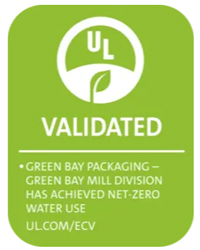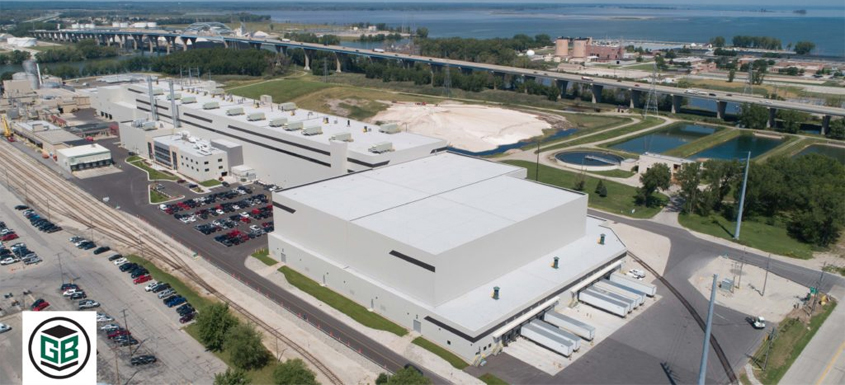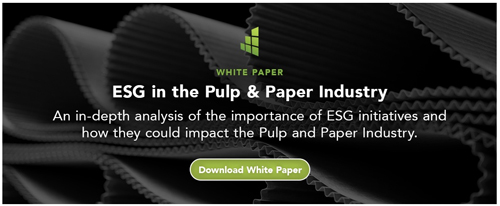The pulp and paper industry is one of the largest consumers of industrial process water in the US, and the second largest in Europe (water is used within 85% of all three stages of paper production).
 As ESG initiatives are reshaping global markets, it has become increasingly important for P&P companies to benchmark their own water stewardship performance, or that of their suppliers.
As ESG initiatives are reshaping global markets, it has become increasingly important for P&P companies to benchmark their own water stewardship performance, or that of their suppliers.
Wisconsin-based Green Bay Packaging is actively innovating to meet ESG criteria and earlier this year, the company announced that it had reached a new sustainability milestone. The company’s Green Bay mill has achieved net-zero water in its production of 100% recycled containerboard paper – the first-ever UL (a global safety leader, establishing the first industrial global standard of its kind) with validation of this environmental claim.
Green Bay’s net-zero water system reduces water demand through the use of reclaimed water and alternative water sources, offsetting the need for freshwater consumption. “The net-zero water system is an investment in water technology that benefits community water resources while providing sustainable product innovation for our packaging customers and consumers,” said Lisa Bauer-Lotto, Green Bay Packaging’s Director of Environment and Sustainability. “Establishing a reclaimed water loop with the local municipal wastewater utility is an integral circular economy innovation into our papermaking process.”
Green Bay Packaging has a long history in water consumption conservation, as the company took steps in 1963 as a pioneer in ‘closing-the-loop.’ This then led to the transformation of a fully closed water system into a semi-chemical pulping mill almost a decade later in 1972 before the closed-loop water system was rebuilt when the mill was converted to a 100% recycled paper production in 1992. Then, in 2021, the new Green Bay mill began production with its first-of-a-kind circular reclaim water systems, which reduce the amount of water use per ton of paper production and fosters a net-zero water system.
According to the University of Minnesota, water use within pulp and paper mills can be as high as 17,000 gallons per ton of paper, however, efficient production can reduce that to about 4,500 gallons a ton. In a resource-focused business environment, it’s increasingly important for pulp and paper producers to have accurate data and benchmarks for total water usage, water efficiency per ton of pulp/paper produced, and an accurate water risk assessment for each mill site– all of which are available via the FisherSolve platform.
Manufacturing viability is increasingly defined by transparency into these metrics. Companies seeking to benchmark their own water performance can use Fisher’s Water Intensity Index to benchmark the water conservation performance of mills (measured in volume of water per ton of production). These values can be compared for mills, companies or regions and can be analyzed in the context of water risk for any given area(s). This data can now be used by consumers of pulp and paper products to benchmark their suppliers, which as mentioned earlier, is a factor more consumers are taking into consideration during the purchasing process.
As more companies follow in the footsteps of Green Bay Packaging, competition will kick into high gear as we predict buyers and consumers will gravitate towards producers that are actively fulfilling their commitment to the environment. To make sure your company doesn’t fall behind, talk to an expert to learn more about Fisher’s Water Intensity Index and other sustainability-related benchmarking tools that can help provide your company the information needed to maintain a competitive edge within the industry.
Source: Fisher International














